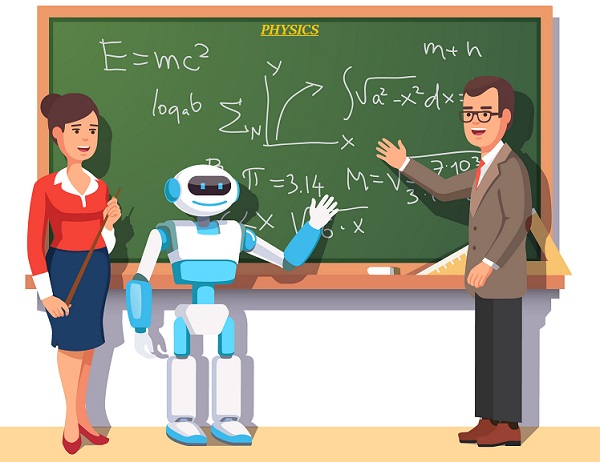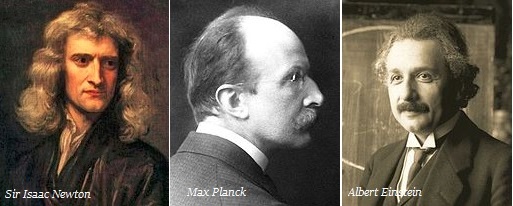
- Physics Notes for UPSC IAS Prelims (Part II)
- Physics - Home
- Physics - Introduction
- Physics - Branches
- Physics - Acoustics
- Physics - Biophysics
- Physics - Econophysics
- Physics - Geophysics
- Physics - Nanotechnology
- Physics - Neurophysics
- Physics - Psychophysics
- Physics - Astrophysics
- Physics - Measurement Units
- Major Instruments & Their Uses
- Inventions and Inventors in Physics
- Physics - Timeline in Physics
- Physics - Unsolved Problems
- Physics - Terminologies in Physics
- Major Theories and Laws in Physics
- Physics - Nobel Prize in Physics
- Physics - Awards Given in Physics
- Scientific Units Named After Inventors
- Physics - Top Institutes
Physics - Introduction
Introduction
Physics is one of the most significant disciplines of natural science, which describe the nature and properties of matters.
The term ‘physics’ is derived from the Ancient Greek word i.e. ‘phusikḗ’ meaning ‘knowledge of nature’.

Definition
Physics is the branch of natural science that studies the nature and properties of matter and energy.
The significant subject matter of physics includes mechanics, heat & thermodynamics, optics, sound, electricity, magnetism, etc.
Development of Physics also makes significant contributions in the field of technologies. For example, inventions of new technology such as television, computers, cell phone, advanced home appliances, nuclear weapons, etc.
Development of Physics
During the ancient period, the development of physics took place with the development of astronomy.
However, during the medieval period, a notable work of the Arab writer and scientist Ibn Al-Haitham revolutionized the concept of physics.
Ibn Al-Haitham had written a book in seven volumes namely “Kitāb al-Manāẓir “also known as “The Book of Optics.”
In this book, Ibn Al-Haitham disprove the ancient Greek concept of vision and introduced a new theory.
Ibn Al-Haitham had also introduced the concept of the pinhole camera.
During the late medieval period, Physics became a separate discipline of the natural science.
In making physics as a separate discipline, the major contributions were given by the European scientists.
These modern European scientists had been introduced different concepts of physics and discovered and invented many new technologies.
For example, Copernicus replaced the ancient view of geocentric model and introduced the heliocentric concept; Galileo invented the telescopes, Newton discovered the laws of motion and universal gravitation, etc.
The era of modern physics came with the discovery of quantum theory by Max Planck and theory of relativity by Albert Einstein.

After development of modern physics, the ear of applied physics commenced where emphasis is given on ‘research’ on a particular use.
The particle physicists have been consistently designing and developing the high energy accelerators, detectors, and computer programs.
Nuclear physics is another branch of modern physics that studies the constituents and interactions of the atomic nuclei.
The most widely known inventions and applications of nuclear physics are the generation of nuclear power and the development of nuclear weapons technology.
At present, the physic scientists are working on the concept of high-temperature superconductivity.